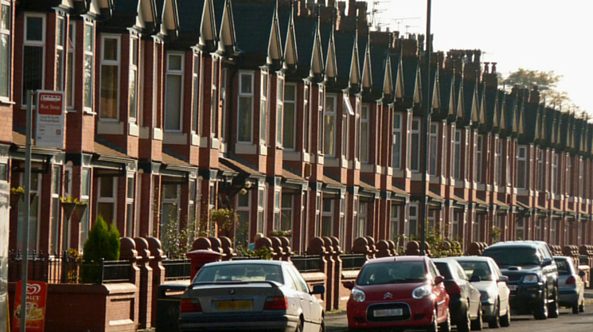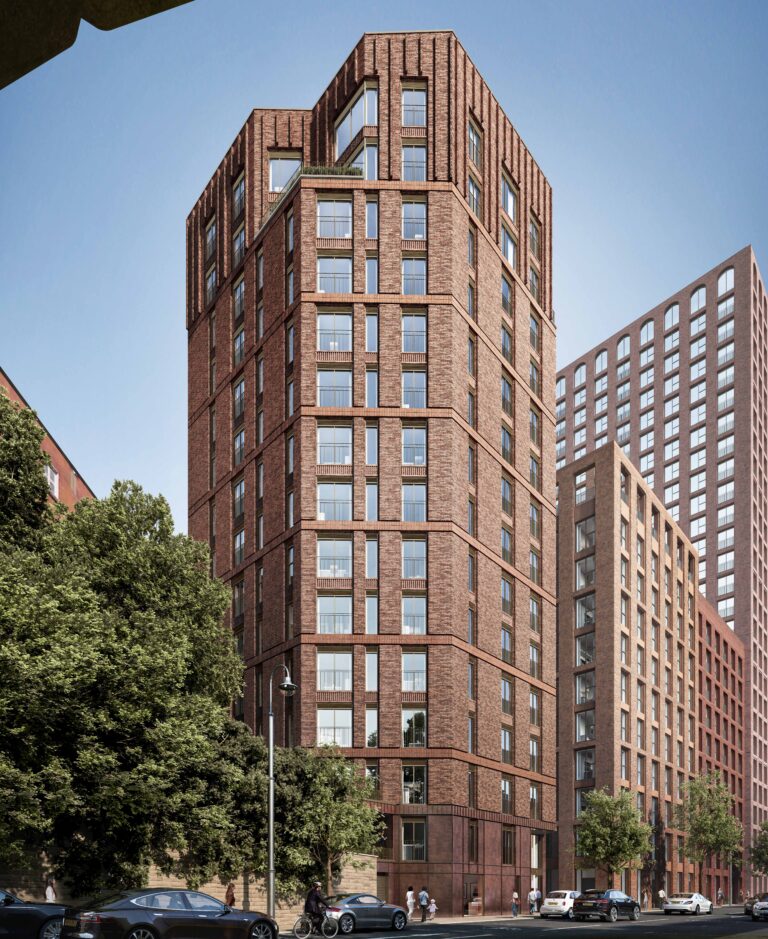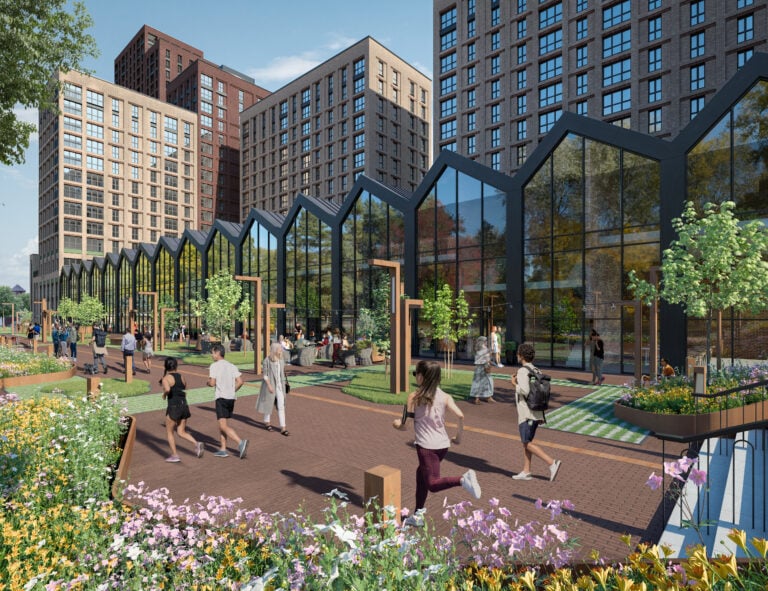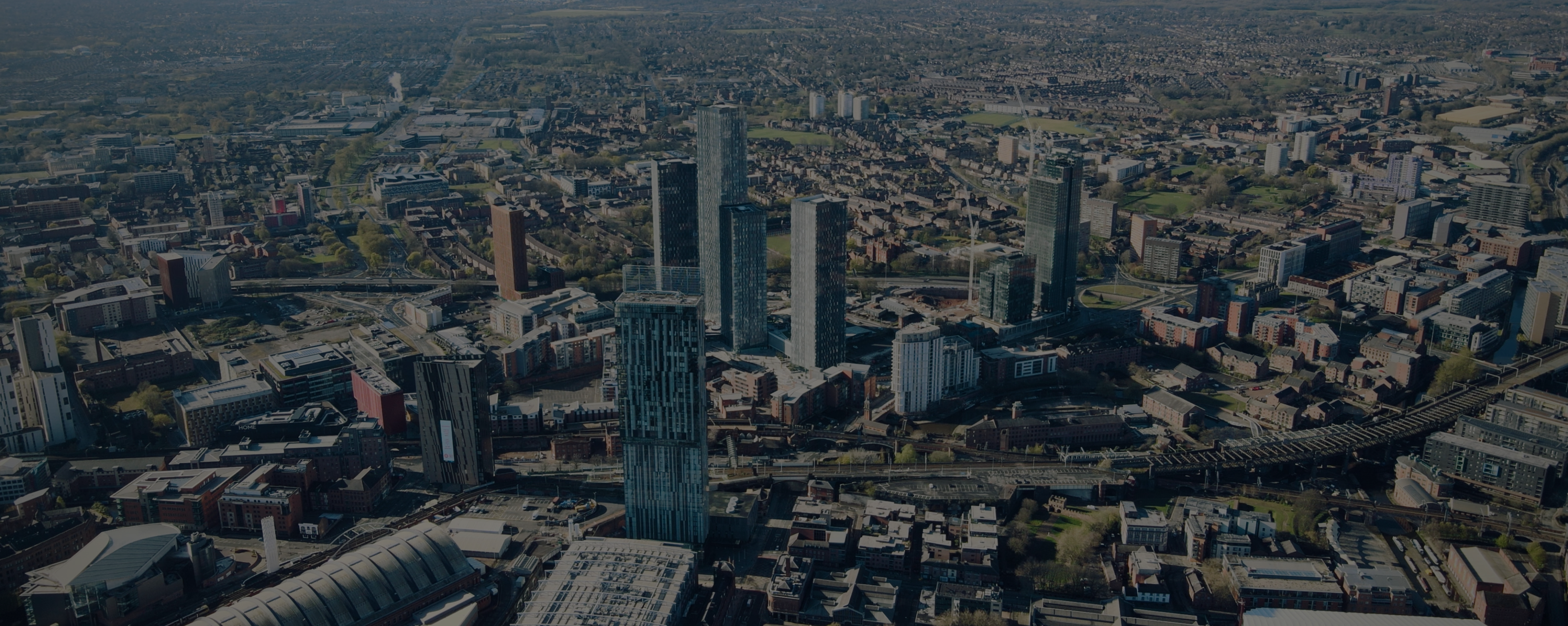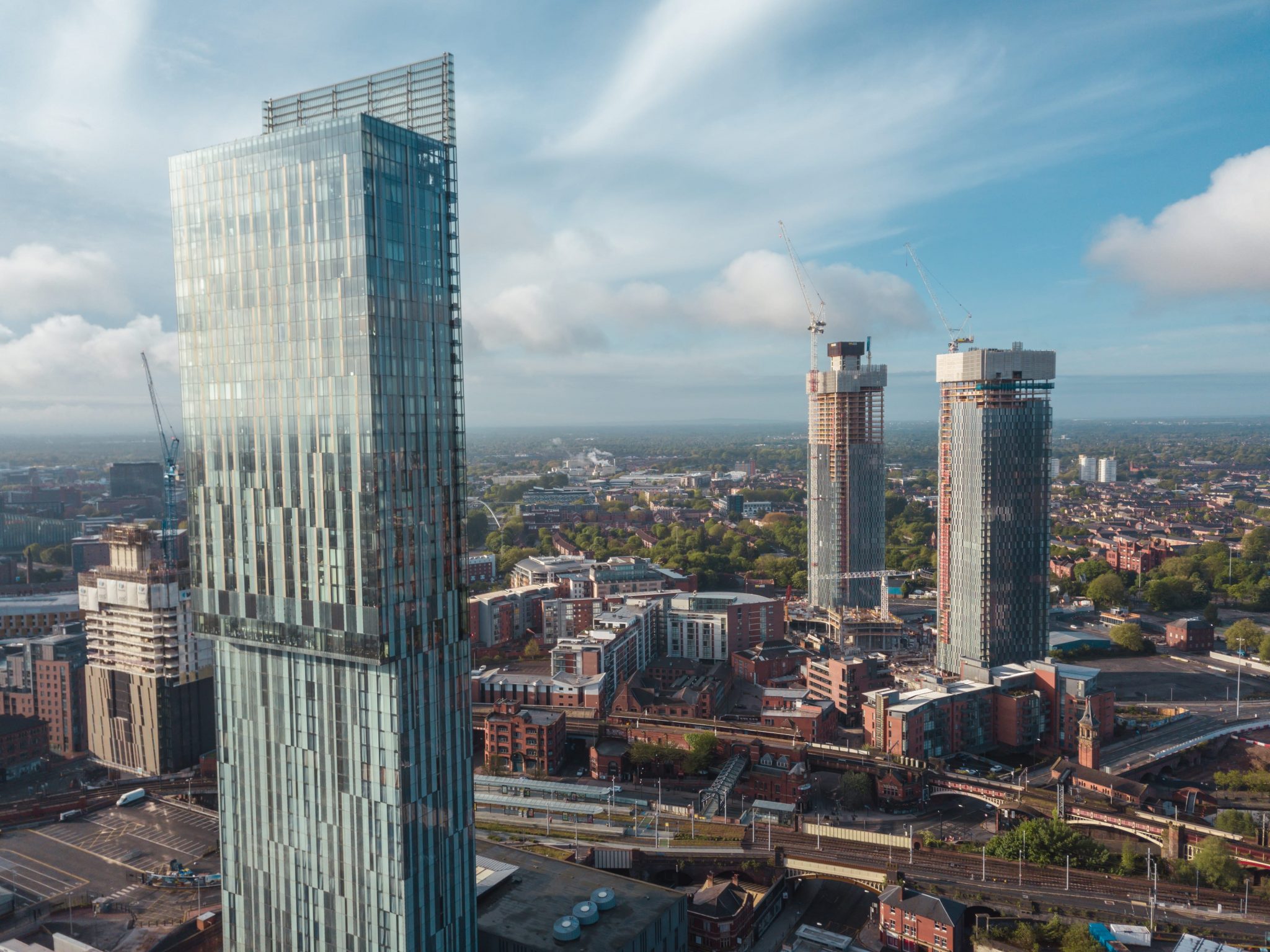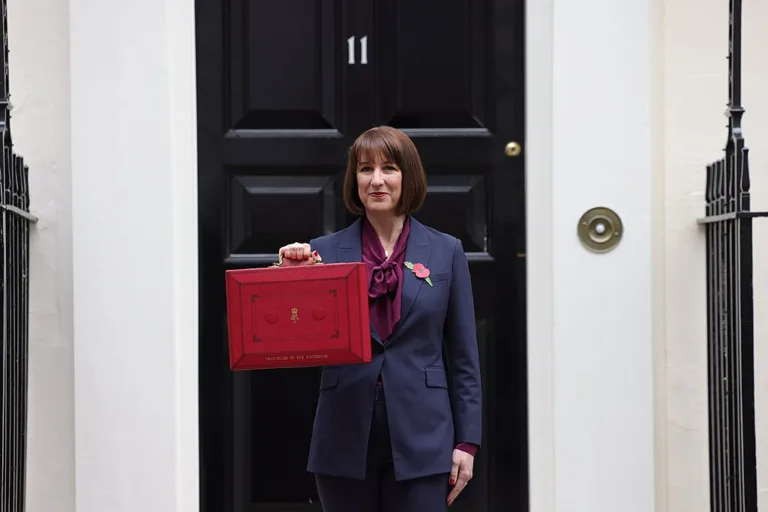Appetite in the UK housing market is up in many major cities since last year as buyer confidence climbs amid falling mortgage rates.
A new phase of growth in the UK property sector is being noted by a number of experts, as positive house price figures combined with a strong resurgence in sales demonstrates an accelerating market.
Buyer demand in Newport, Leicester and Liverpool has risen by the highest level so far this year compared with last year, says agency eXp UK in its latest research, with jumps of between 4% and 6% in housing activity in these cities.
In total, 14 out of the 25 listed major UK cities have seen appetite increase this year compared with 2024’s levels. Other standout cities include Birmingham, Swansea, Sunderland, Aberdeen, Edinburgh, Leeds, Cardiff, Sheffield, Bradford and Glasgow.
Buyer activity in London, according to the agency’s figures, remained static, as the higher prices in the capital city combined with a lull in interest from overseas buyers has flattened the market there.
“Strong and consistent growth”
The year so far has been busy for the UK housing market after a slower start to 2024 amid a greater level of economic certainty.
The end of the stamp duty holiday in April also played a big role, as buyers pushed ahead with their plans to get purchases over the line and benefit from the cheaper tax rates that were still on offer.
However, the heightened activity is “set to continue”, as eXp UK’s Adam Day points out, “even with the increased cost of Stamp Duty incurred by some buyers”.
He continues: “It’s shaping up to be a very good year indeed and we’ve already seen strong and consistent growth with respect to mortgage approvals, buyer enquiries and house price growth as the market continues to shift through the gears.”
Housing activity is robust
The latest house price figures from HM Land Registry revealed that property prices increased by 6.4% annually to March across the UK. This is the fastest increase seen since December 2022, and up from the previous figures that showed a 5.5% rise to February.
In England, the North East led the way with a huge 14.3% house price rise, followed by Yorkshire and the Humber with 9.5%, and the North West with 9.4%.
While some of the recent ramping up of activity in the housing market has been linked to April’s stamp duty change, there have also been positive movements in the mortgage market since the start of the year that have brought more buyers to the market.
Commenting on the latest house price figures, Nick Leeming, chairman of Jackson-Stops, said: “The early months of 2025 have laid a strong foundation for the housing market, driven by rising demand and steady price growth. In March, buyers moved swiftly ahead of the impending Stamp Duty changes, fuelling a notable price uptick at the same time.
“Looking ahead, price growth is likely to be moderate, with regional variations continuing to shape local market dynamics. The true test for this year will be activity levels post-stamp duty changes; sustained momentum could drive a buoyant summer, but without the same time pressure, price growth may soften.
“Encouragingly, across the Jackson-Stops network we are seeing robust activity levels, with demand outpacing supply in popular markets. In April alone, an average of five potential buyers were competing for every new listing, underscoring borrower’s continued commitment despite an everchanging economic situation.”
A complex market
Iain McKenzie, CEO of The Guild of Property Professionals, notes that the UK housing market is “complex”, and that a mixture of positive and negative movements in the wider economy – from interest rates to tax changes and inflation levels – will create “a more measured pace of growth for the remainder of the year”.
When figures are analysed in the wake of the stamp duty change, there may be evidence of a natural period of adjustment. At the same time, McKenzie notes that with current housing stock levels sitting at a 10-year high, sellers will need to be realistic with their pricing in order to “stand out and secure a successful sale in a competitive environment.”
At the same time, the UK rental market has seen an even greater pace of growth than the sales side, with average rents rising by 7.4% over the past year. This is a slight slowdown on the previous annual rise of 7.7%.
Nathan Emerson, CEO of Propertymark, said: “Overwhelming demand within the rental sector continues to influence price increases for those who rent. We continue to witness, on average, around ten applicants for every property available to rent and this is a situation that has broadly remained stagnated across the last five years.”
